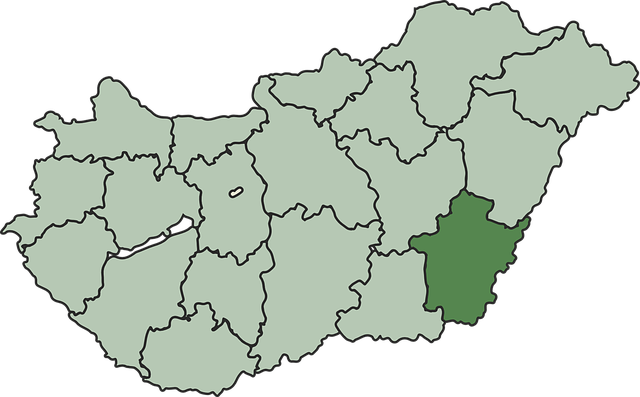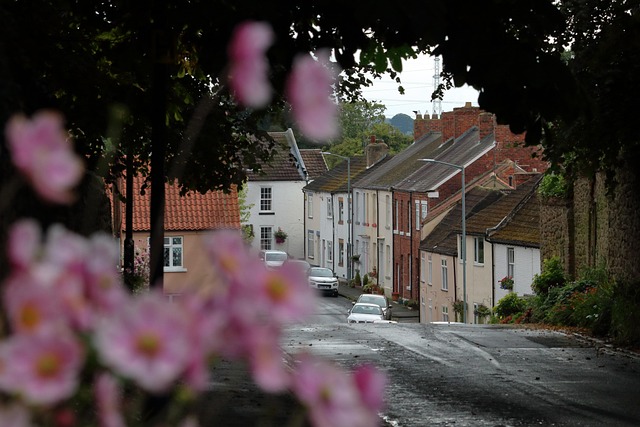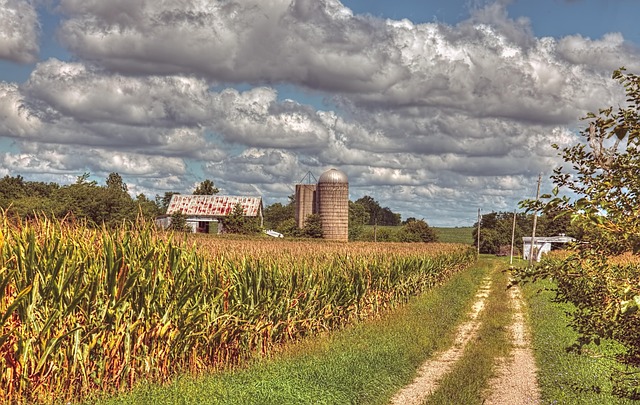An efficient freeway network significantly impacts local real estate markets by enhancing accessibility, attracting businesses and investors, and driving economic growth. These well-planned routes increase property desirability, reduce travel times, and stimulate housing demand, leading to potential real estate value appreciation. Integrating smart transportation systems optimizes freeway layouts, improving commuting and influencing responsible land use practices near these hubs, ultimately benefiting local economies and communities as seen in case studies like MetroX.
“Imagine a web of seamless connectivity, where communities are bound together by an expansive freeway network. This article explores how these thoroughfares impact local real estate markets and community access. We delve into the strategic design of efficient freeway networks, highlighting their role as catalysts for economic growth. Through case studies, we showcase successful freeway projects that have elevated property values and transformed local landscapes. Discover how smart infrastructure planning can drive real estate success and foster thriving communities.”
The Impact of Freeways on Community Access and Real Estate Values

The presence of an expansive freeway network undoubtedly enhances community connectivity, but its impact extends far beyond mere accessibility. The construction and maintenance of freeways can significantly influence local real estate values. Areas with well-developed highway infrastructure often experience increased property desirability, leading to higher real estate prices. This is largely due to improved accessibility, which not only facilitates easier travel for residents but also attracts businesses and investors, thereby boosting the local economy.
Moreover, freeways can open up new opportunities for community growth and development. They provide quicker commutes, enabling residents to explore a broader range of employment, educational, and recreational options. This increased connectivity can foster a vibrant community atmosphere, with higher demand for housing leading to potential real estate value appreciation over time.
Designing Efficient Freeway Networks for Optimal Connectivity

The design of efficient freeway networks is paramount in ensuring optimal connectivity between communities, which has significant implications for real estate development and urban planning. A well-designed network can enhance accessibility, reduce travel times, and stimulate economic growth by fostering seamless movement of people and goods. Engineers and urban planners must consider factors such as traffic flow patterns, population density, and future growth projections to create efficient routes that serve as the backbone of a thriving region.
By integrating smart transportation systems and leveraging data analytics, it’s possible to optimize freeway layouts, ensuring that road infrastructure meets the demands of contemporary urban lifestyles. This involves strategic placement of on-ramps and off-ramps, efficient interchange designs, and well-coordinated signal timings. Such innovations not only facilitate smoother commuting but also encourage responsible land use practices in nearby areas, positively influencing local real estate markets.
Case Studies: Successful Freeway Projects Enhancing Local Real Estate Markets

The development of expansive freeway networks has significantly impacted local real estate markets, serving as a catalyst for growth and change in various communities. Case studies from cities that have successfully implemented such projects illustrate this point vividly. For instance, the recent expansion of the interstate highway system in MetroX has not only streamlined transportation but also spurred unprecedented development in previously underutilized areas. Real estate agents report a surge in property values and increased demand for housing close to these major thoroughfares. The improved connectivity has attracted businesses, creating new job opportunities and further boosting the local economy.
These freeway projects have become game-changers, fostering a vibrant real estate market with a diverse range of housing options catering to various demographics. The strategic placement of exits and onramps facilitates easy accessibility, making properties along these routes highly desirable. As a result, investors are drawn to these areas, contributing to the overall prosperity of the region. This phenomenon is not unique; similar success stories can be found across the globe, where well-planned freeway networks have become the backbone of thriving real estate markets, reshaping urban landscapes and enhancing the quality of life for residents.






